Converting Figma Designs to Webflow: A Comprehensive Guide
Introduction
Figma and Webflow are two powerful tools that can help you create stunning websites. Figma is a vector graphics editor that allows you to design your website’s layout and visuals, while Webflow is a no-code website builder that allows you to bring your designs to life. In this article, we’ll walk you through the step-by-step process of converting your Figma designs to Webflow.
Step 1: Export Your Figma Design
The first step is to export your Figma design as a code-ready file. To do this, click on the “File” menu and select “Export.” In the “Export” dialog box, select the “Code” tab and choose the “Webflow” format. Click on the “Export” button to download the code file.
Step 2: Import Your Code File into Webflow
Once you have exported your Figma design, you can import it into Webflow. To do this, click on the “New Project” button in Webflow and select the “Import” tab. Click on the “Choose File” button and select the code file that you exported from Figma. Click on the “Import” button to import the code into Webflow.
Step 3: Clean Up Your Code
Once you have imported your code into Webflow, you may need to clean it up a bit. This is because Figma exports code that is not always optimized for Webflow. To clean up your code, you can use the “Cleaner” tool in Webflow. The Cleaner tool will remove any unnecessary code and optimize your code for performance.
Step 4: Style Your Website
Once you have cleaned up your code, you can start styling your website. Webflow has a powerful style editor that allows you to customize the look and feel of your website. You can change the fonts, colors, and layout of your website to match your brand.
Step 5: Add Interactivity
Once you have styled your website, you can add interactivity. Webflow allows you to add animations, interactions, and other interactive elements to your website. This can help you create a more engaging and user-friendly experience for your visitors.
Step 6: Publish Your Website
Once you are happy with your website, you can publish it. To do this, click on the “Publish” button in Webflow. Webflow will generate a live website that you can share with the world.
Conclusion
Converting your Figma designs to Webflow is a relatively simple process. By following the steps outlined in this article, you can create a beautiful and functional website that meets your needs. If you need help converting your Figma designs to Webflow, Volts Consulting can help. We are a leading Webflow development agency with a team of experienced designers and developers. Contact us today to learn more about our services.





